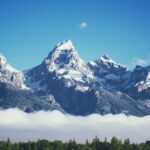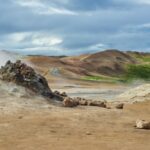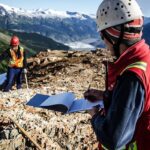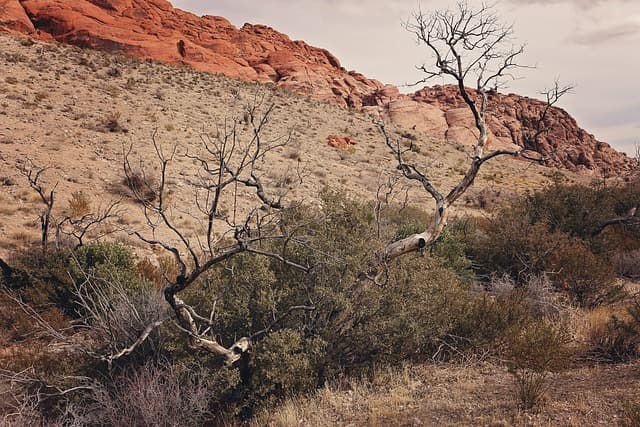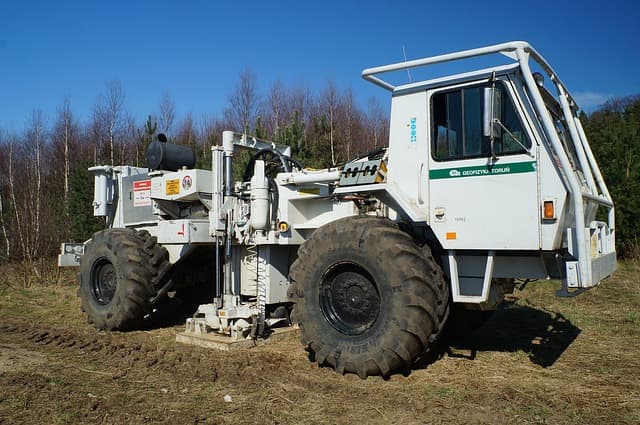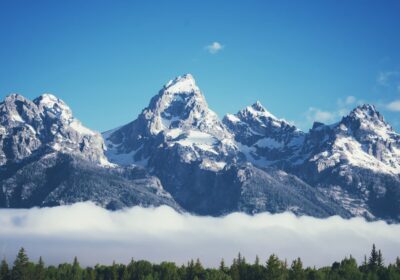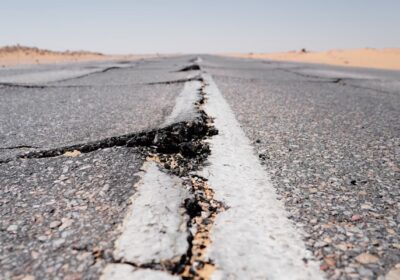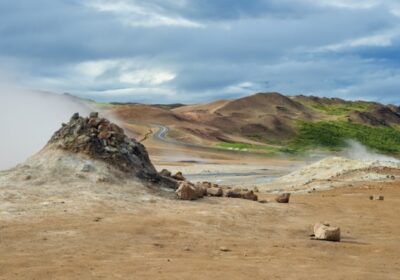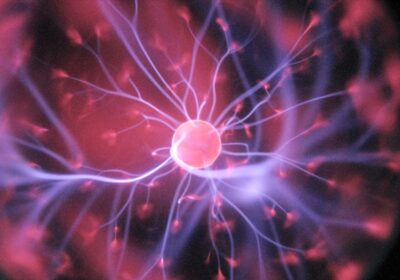
Geologic Anomalies Their Causes and Consequences
Geologic anomalies are deviations from typical geologic conditions that can have various causes and consequences. In this article, we will look at the main causes of geologic anomalies and their impact on the environment and human activities.
Tectonic movements
One of the main causes of geologic anomalies are tectonic movements such as earthquakes, seismic activity, volcanic eruptions and the uplift or subsidence of the Earth’s crust. These processes can lead to the formation of mountain ranges, fractures and faults, changes in landscape and distribution of resources.
Geologic processes
Various geologic processes such as erosion, weathering, sedimentation, and sedimentation can cause the formation of geologic anomalies. For example, depressions and canyons can be formed by erosion of rivers and water flows.
Geochemical anomalies
It is not uncommon in nature to find geochemical anomalies associated with unusually high or low concentrations of certain chemical elements or minerals. These may be related to geologic processes such as hydrothermal and magmatic processes, or to human activities such as mining.
Groundwater anomalies
Changes in the water table can also lead to geologic anomalies such as flooding or drying of land, salt deposition, and reduced soil quality. This can be caused by changes in climate as well as human activities such as alteration of drainage systems.
Implications for the environment and human activities
Geologic anomalies can have a variety of effects on the environment and human activities. They can affect the geologic structure and stability of buildings and infrastructure, soil and water quality, and the environmental sustainability of the region as a whole.
In conclusion, understanding the causes and consequences of geologic anomalies plays an important role in developing strategies for risk management and adaptation to changing environmental conditions. Further research in this area can contribute to more effective prevention and management of geologic hazards.
